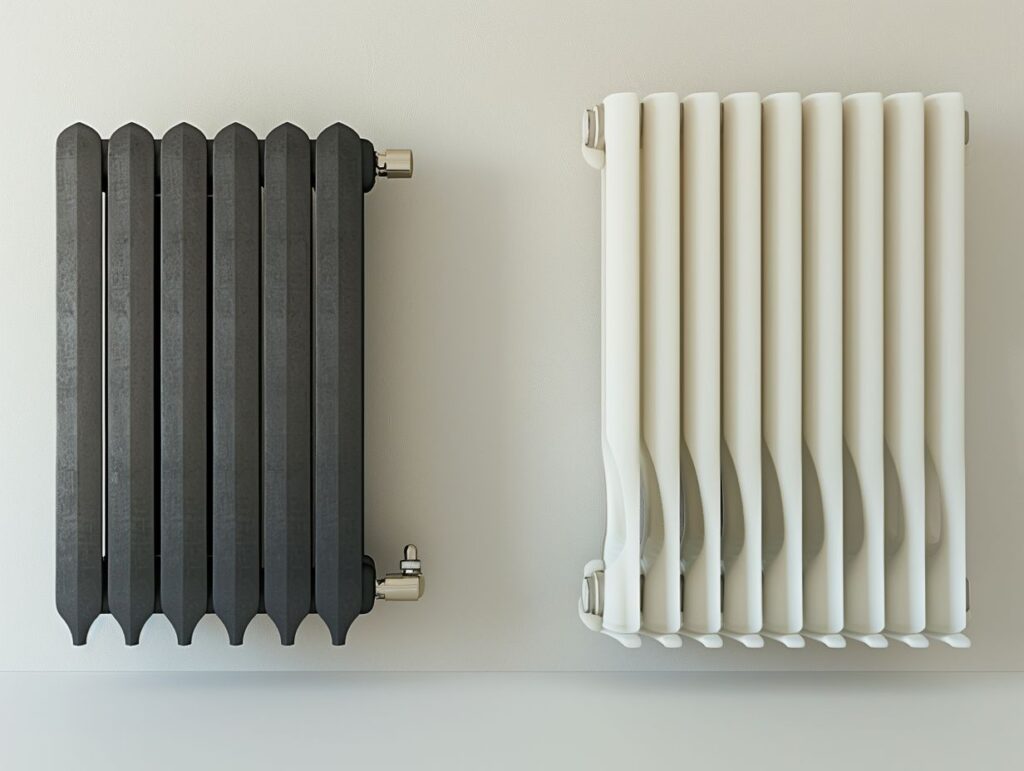If you are considering upgrading your heating system with type 22 radiators and are uncertain about their energy efficiency compared to other types, this comprehensive article will provide detailed insights into the features, functionality, and energy efficiency of type 22 radiators.
The discussion will include an exploration of the factors influencing their efficiency, a comparison with other radiator types in terms of cost and efficiency, suggestions for optimising their performance, and key considerations to bear in mind before proceeding with your decision.
Let us begin delving into the details.
Key Takeaways:
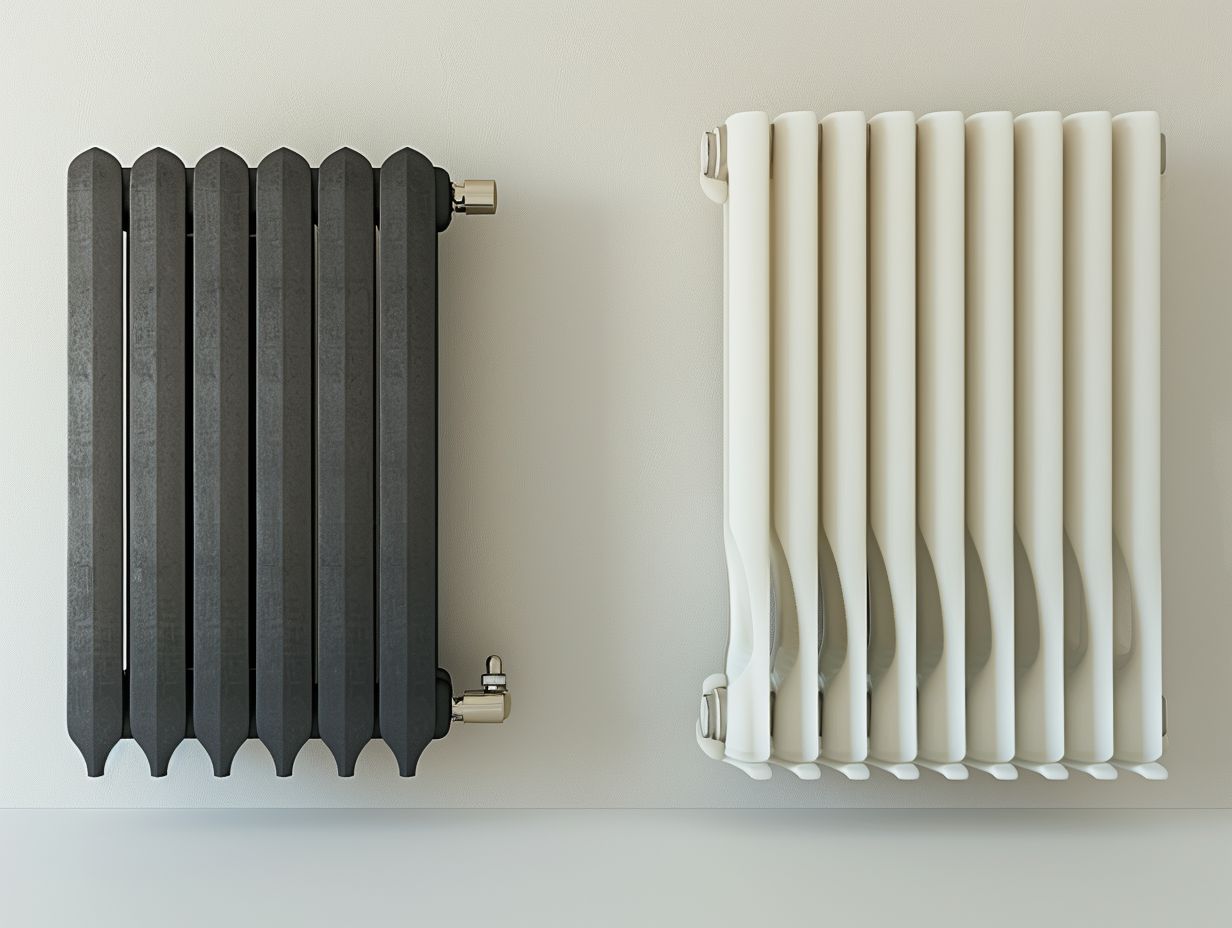
- Type 22 radiators are designed with a double panel and double convector, making them more energy efficient compared to other types.
- Factors such as size, placement and insulation can affect the efficiency of type 22 radiators, so it’s important to consider these when choosing and using them.
- While type 22 radiators may have a higher upfront cost, their energy efficiency can result in long-term savings on utility bills, making them a worthwhile investment.
Energy Efficiency of Type 22 Radiators
In terms of energy efficiency, Type 22 radiators outshine Type 11 and Type 21 radiators due to their superior heat output and convector design. They offer effective heating solutions for a range of spaces, including kitchens and bathrooms.
Type 22 radiators boast higher BTU ratings than Type 11 and Type 21, leading to faster and more efficient room heating. This efficiency not only ensures a cosy living environment but also results in energy bill savings.
The convector design in Type 22 radiators enables optimal heat distribution, ensuring each room receives consistent warmth. These radiators can be further enhanced with radiator paint, prolonging their lifespan and adding a touch of style to any room decor.
Factors Affecting Efficiency
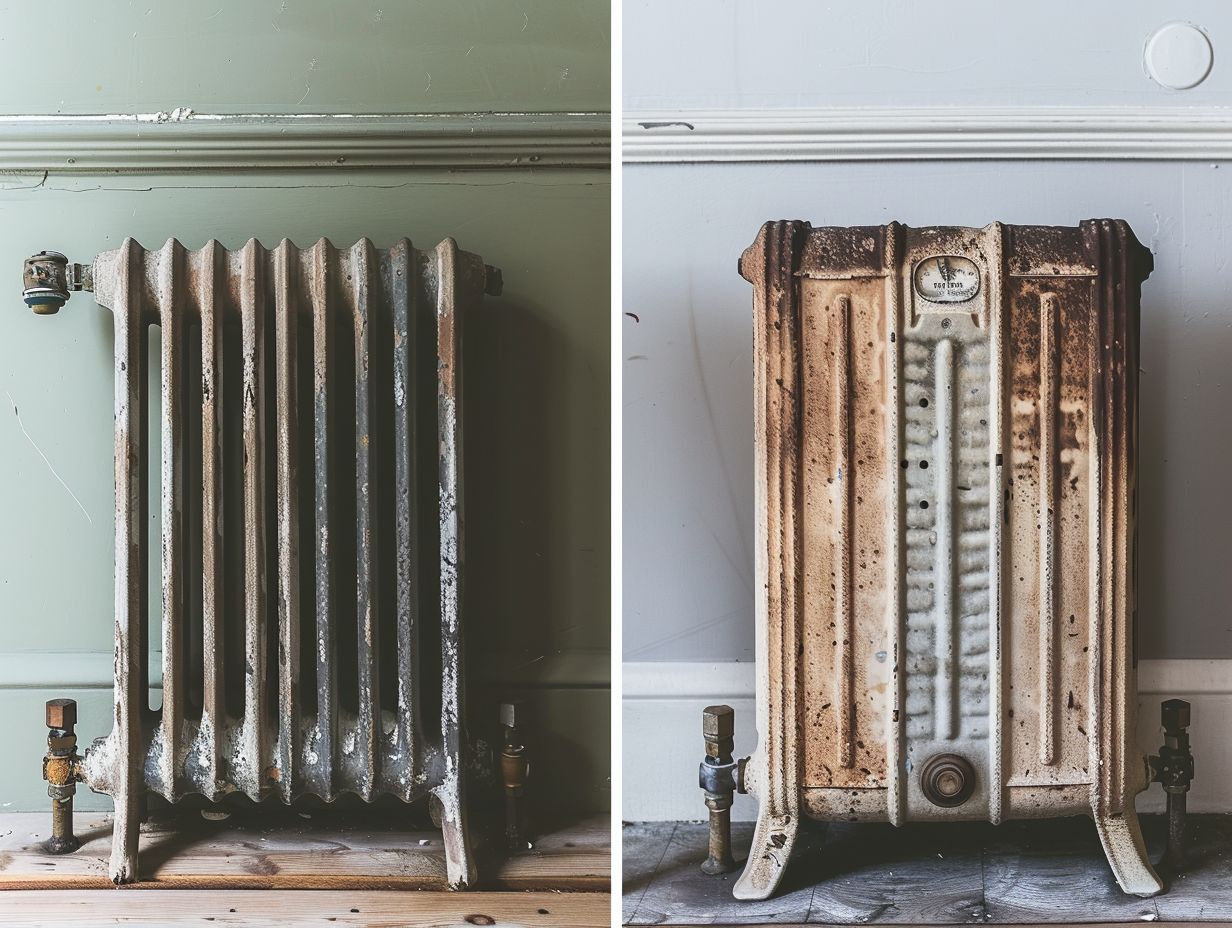
Several factors influence the efficiency of Type 22 radiators, including the size of the room, the material of the radiator (steel or aluminium), and the condition of the radiator valves and keys.
The size of your room is critical in determining the heat output and efficiency of Type 22 radiators. A larger room may necessitate a radiator with a higher heat output capacity to ensure optimal heating, while a smaller room may be adequately served by a radiator with lower output.
The material used in constructing the radiator, whether steel or aluminium, affects its efficiency and longevity. Ensuring proper maintenance of radiator valves and keys is crucial for efficient heat distribution and the overall performance of the radiator system.
Comparing Type 22 Radiators to Other Types
When comparing Type 22 radiators to other types such as Type 21, you will notice that Type 22 radiators excel in terms of efficiency and heat output capabilities. Despite potentially having a higher upfront cost, the long-term advantages make them a favoured option for many.
The distinct construction of Type 22 radiators, featuring double panels and double convectors, enables a more effective distribution of heat throughout a space. This particular design guarantees uniform heat dispersion, ensuring consistent temperatures without any cold patches.
Type 22 radiators are available in various panel styles and materials, providing homeowners with the flexibility to select a design that complements their interior decor.
The inclusion of double panels not only boosts heat output but also increases the overall surface area, facilitating improved heat dissipation and faster warmth in larger rooms.
Efficiency and Cost Comparison
When considering heating options, you may find that Type 22 radiators strike a balance between efficiency and cost. These radiators come in a wide range of models, styles, and materials, providing versatility for various room setups.
The efficiency of Type 22 radiators can be attributed to their double panel design, which offers a superior heat output compared to single panel radiators. This design feature allows for more effective heat distribution throughout the room, ensuring optimal warmth.
Despite their efficiency, Type 22 radiators remain competitive in the market, providing a cost-effective heating solution.
Whether you prefer sleek modern designs or more traditional styles, Type 22 radiators offer options to complement any interior decor. Additionally, the range of materials available, including steel and aluminium, caters to specific room requirements based on heat retention and durability.
Tips for Improving Energy Efficiency
To enhance the energy efficiency of Type 22 radiators, you should carefully consider optimising various factors. Start by placing the radiators strategically in rooms, maximising the performance of each panel, and ensuring proper insulation to effectively retain heat.
A practical tip is to place your radiators near windows or external walls to minimise heat loss, which can result in a more efficient operation as it prevents the generated heat from going to waste.
Additionally, adjusting the valves on each panel to balance the flow of hot water can significantly improve the performance of the radiator system.
Another effective strategy is to install proper insulation, such as fitting radiator reflector panels behind the radiators, to prevent heat from escaping into the walls and instead reflect it back into the room.
Maximising Performance of Type 22 Radiators
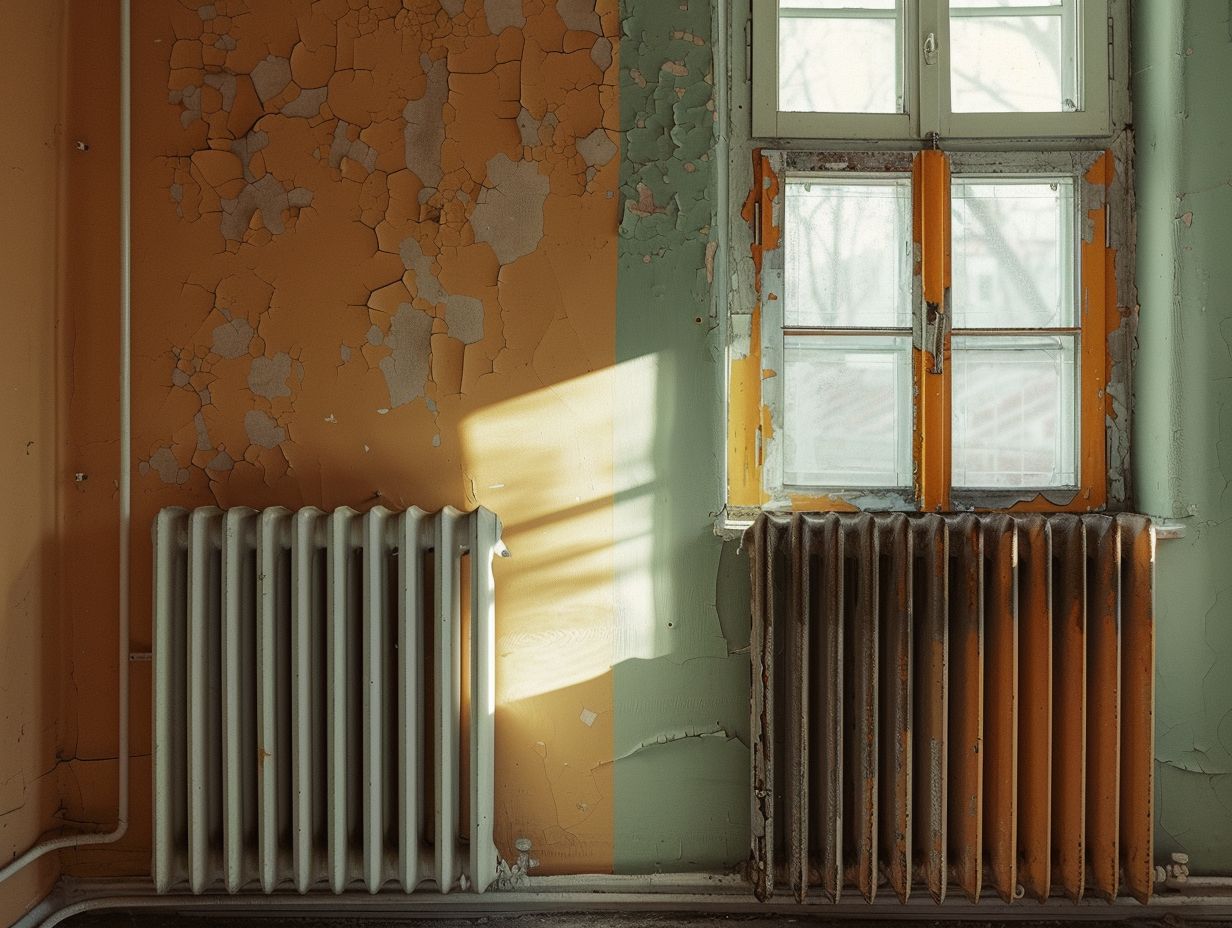
When looking to optimise the performance of Type 22 radiators, your focus should be on selecting the appropriate design and type that align with your heating needs. It is imperative to ensure that the radiator valves and keys are in prime condition to uphold efficient heat distribution.
It is essential to take into account the BTU ratings of Type 22 radiators when determining their heating capacity. By matching the BTU output with the dimensions of the room, you can guarantee that the radiator delivers adequate warmth.
Additionally, evaluating the material and finish of the radiator is crucial to ensure durability and heat retention. The incorporation of thermostatic radiator valves can play a key role in regulating the temperature in individual rooms, thereby improving overall energy efficiency.
Considerations Before Choosing Type 22 Radiators
When selecting Type 22 radiators, you should carefully consider various factors to ensure that they meet your needs effectively.
Take into account the available space in your kitchen or bathroom, the heat requirements of the area, the desired panel sizes, and the design aesthetics that align with your preferences.
It is essential to verify that the Type 22 radiator you select seamlessly fits into the designated space, providing sufficient heat output without overpowering the room. Understanding the heat distribution requirements of the specific area is crucial for determining the optimal size and positioning of the radiator.
Panel sizes play a significant role in both the performance and visual appeal of the radiator. Therefore, choosing the appropriate size based on the heating needs and interior design of the space is critical.
Additionally, consider the different materials and properties of Type 22 radiators, such as aluminium or steel construction, as these factors can impact their efficiency and durability.
Factors to Consider for Your Specific Needs
When evaluating Type 22 radiators for your specific needs, you should assess factors such as room size, heat requirements, panel sizes, design preferences, and material properties to ensure that the radiators you select align with your heating goals.
Considering the characteristics of the room is essential since larger rooms or spaces with more windows may necessitate radiators with higher heat outputs. The size of the panels plays a significant role in heat distribution; double panels offer increased heat efficiency compared to single panels.
Design options should also be considered to ensure they complement the room’s aesthetic. Material properties, such as aluminium for quicker heat conduction or steel for robustness, can have an impact on the overall performance and longevity of the radiators.
Frequently Asked Questions
Are Type 22 Radiators More Energy Efficient?
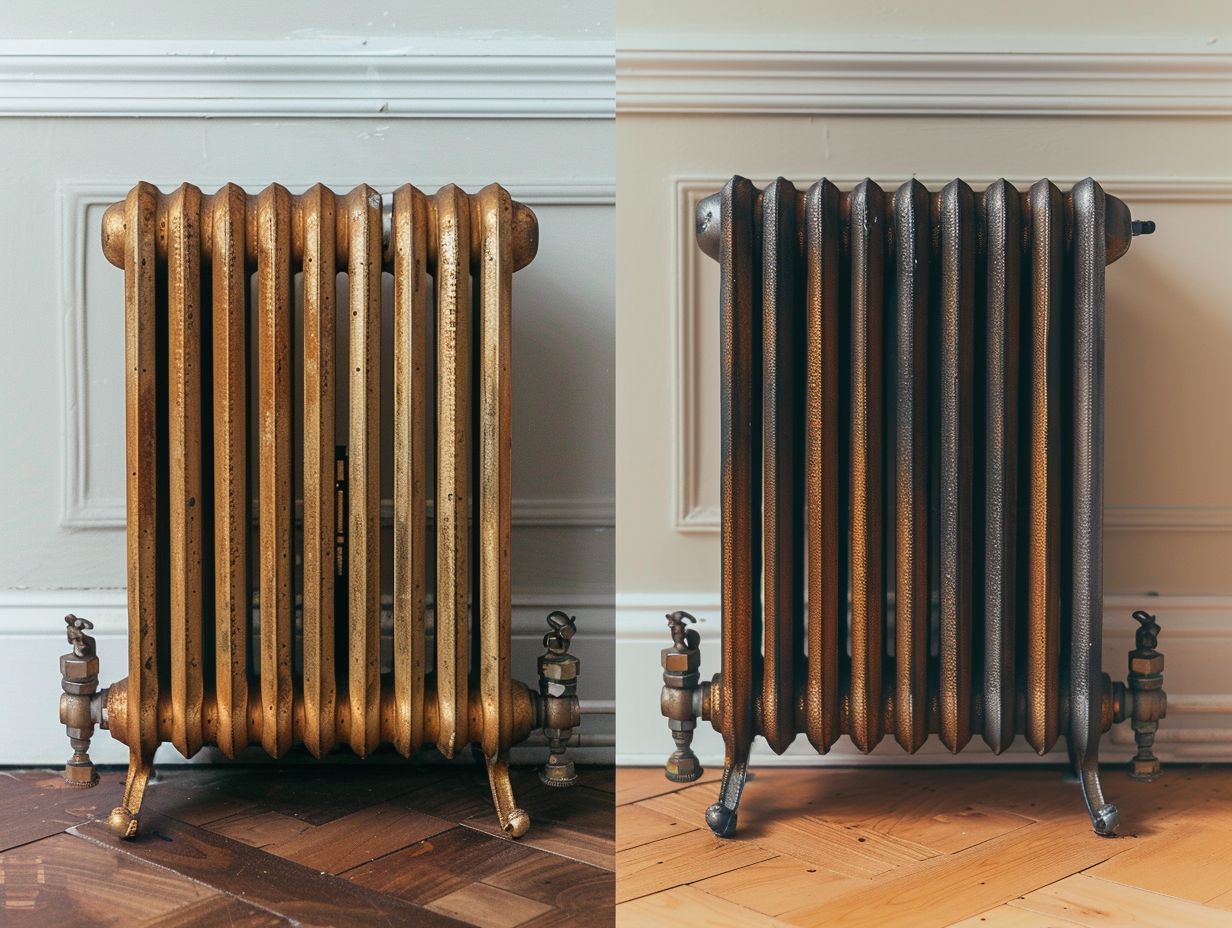
Yes, Type 22 radiators are considered to be more energy efficient compared to other types of radiators.
What makes Type 22 radiators more energy efficient?
Type 22 radiators have two layers of panels and two layers of convector fins, which provide better heat output and distribution, making them more energy efficient.
How do Type 22 radiators help save energy?
Since Type 22 radiators have a larger surface area, they can heat up the room quicker and maintain a more consistent temperature, reducing the need for constant heating and ultimately saving energy.
Are there any other benefits of using Type 22 radiators?
Aside from being energy efficient, Type 22 radiators also offer better heat distribution, faster heating times, and a wider range of design options.
Do Type 22 radiators require any special maintenance for optimal energy efficiency?
No, Type 22 radiators do not require any special maintenance. However, regular cleaning and bleeding of the radiators can help maintain their efficiency.
Are Type 22 radiators suitable for all types of homes?
Yes, Type 22 radiators are suitable for all types of homes and can be used in both traditional and modern heating systems.

